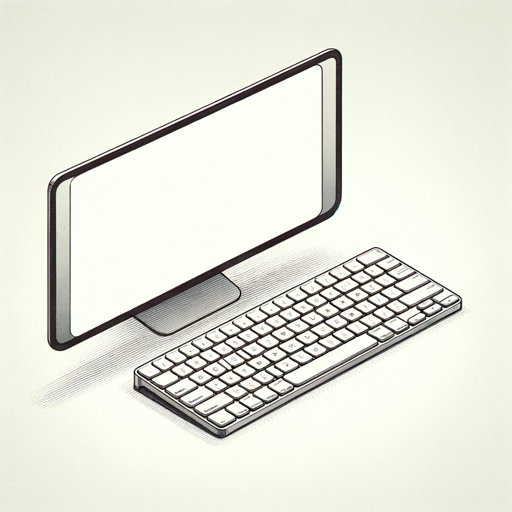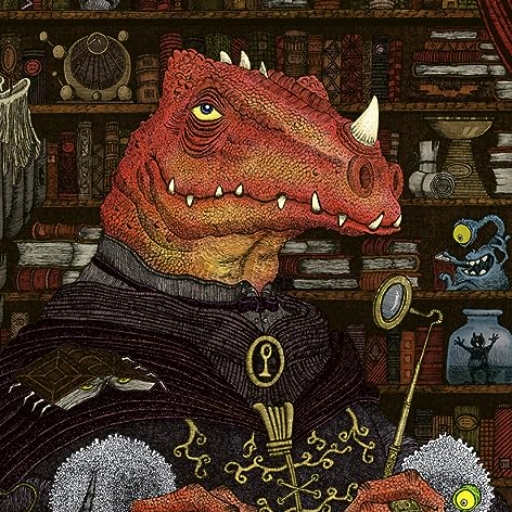ESP32 IoT GPT-IoT development and assistance
AI-powered IoT project assistant
Let's simple start code with ESP32 at Arduino Framework
Let's make simple HTTP Client With ESP32
Let's make GPIO and HTTP Client Example ESP32
Let's make GPIO and MQTT Client Example ESP32
Related Tools
Load More
Electronics Hardware Design GPT
Expert in electronics and hardware design, circuit and PCB guidance

Node-RED GPT
Node-RED specialist aiding in errors, flow generation, and functions.

GPT / Next.js 14 Coding helper
Expert in OpenAI API and Nextjs 14 programming

ArduinoGPT | Code Wizzard
Expert in Arduino programming, hardware, and latest 2024 tech updates

GPT Store
I suggest GPTs based on your needs.
ESP32 Maestro
Expert in M5Stack, ESP32, and Arduino IDE
20.0 / 5 (200 votes)
Introduction to ESP32 IoT GPT
The ESP32 IoT GPT is designed to assist with development projects involving the ESP32 microcontroller, particularly when using the Arduino framework. The ESP32 is a versatile, low-cost microcontroller with integrated Wi-Fi and Bluetooth capabilities, making it suitable for a wide range of IoT applications. Examples of its use include smart home devices, wearable technology, and industrial automation. The primary design purpose of ESP32 IoT GPT is to provide developers with comprehensive, readable, and well-commented code examples and guidance to facilitate the development process and ensure efficient implementation of various IoT solutions.

Main Functions of ESP32 IoT GPT
Wi-Fi Connectivity
Example
Creating a Wi-Fi enabled weather station.
Scenario
An IoT developer can use the ESP32 to connect sensors to the internet, allowing real-time weather data collection and analysis.
Bluetooth LE Connectivity
Example
Developing a smart lock system.
Scenario
A security system developer can implement Bluetooth Low Energy (LE) for proximity-based unlocking of doors using smartphones.
Low-Power Management
Example
Battery-powered environmental sensors.
Scenario
An environmental scientist can deploy sensors in remote locations where they operate on minimal power to extend battery life, utilizing the ESP32’s low-power modes.
Ideal Users of ESP32 IoT GPT
IoT Developers
Individuals or teams focused on developing Internet of Things solutions. They benefit from ESP32 IoT GPT's detailed, ready-to-use code snippets and configurations, which help accelerate their development process and reduce time-to-market for their products.
Educational Institutions
Schools and universities that include IoT in their curriculum. ESP32 IoT GPT can provide students with clear and comprehensible examples, aiding in their understanding of IoT systems and practical application of theoretical knowledge.

Steps to Use ESP32 IoT GPT
Step 1
Visit aichatonline.org for a free trial without login, also no need for ChatGPT Plus.
Step 2
Set up an ESP32 development environment using the Arduino IDE or PlatformIO with the necessary ESP32 libraries and tools installed.
Step 3
Connect your ESP32 to your computer via USB and ensure it is recognized by the development environment.
Step 4
Write or import your IoT project code in the development environment, making use of ESP32’s capabilities such as Wi-Fi, Bluetooth, and various sensors.
Step 5
Upload the code to the ESP32 and monitor the output using the serial monitor to ensure everything is functioning correctly.
Try other advanced and practical GPTs
SEcOpilot
Optimize your SEO with AI insights.

Meeting Summarizer Pro
AI-Powered Meeting Summary Generator

Cirolele
Smart, fun, and free AI coding help.

ChatGP YOU
Your personalized AI-powered writing assistant

Gaia: AI Architect
AI-Powered Solutions for Architecture and Design

Blog Post Generator
AI-Powered Blog Writing Made Easy

Minimal Logo
AI-Powered Minimalist Logo Creation

Lindwurm
AI-powered writing assistance for everyone

Rizz Advisor
AI-Powered Humorous Social Charm

Builder's Guide for GPTs
AI-powered guide for GPT builders

Maestro AmazonFBA
Empower Your Amazon FBA with AI Insights.

NextJS 13 Dev
AI-powered Next.js 13 insights

- Smart Home
- IoT Projects
- Sensor Networks
- Wearables
- Wireless Communication
Q&A about ESP32 IoT GPT
What is ESP32 IoT GPT?
ESP32 IoT GPT is an AI-powered tool designed to assist with the development and implementation of IoT projects using the ESP32 microcontroller. It provides guidance, code examples, and troubleshooting tips.
What are the main features of ESP32?
ESP32 features dual-core processors, Wi-Fi, Bluetooth, integrated sensors, capacitive touch capabilities, low-power management, and a wide range of peripherals, making it ideal for various IoT applications.
How can I use ESP32 for Bluetooth applications?
ESP32 supports both Bluetooth Classic and Bluetooth Low Energy (BLE). You can use it for applications like wireless audio streaming, device communication, and proximity sensing by utilizing the appropriate Bluetooth libraries and examples in the Arduino IDE or ESP-IDF.
What development environments support ESP32?
ESP32 is supported by multiple development environments including Arduino IDE, PlatformIO, and Espressif's own ESP-IDF. Each offers unique features and tools tailored for different types of development and user preferences.
Can ESP32 be used for battery-powered applications?
Yes, ESP32 is highly suitable for battery-powered applications due to its low-power modes and efficient power management features. It supports deep sleep and other power-saving modes that can significantly extend battery life.